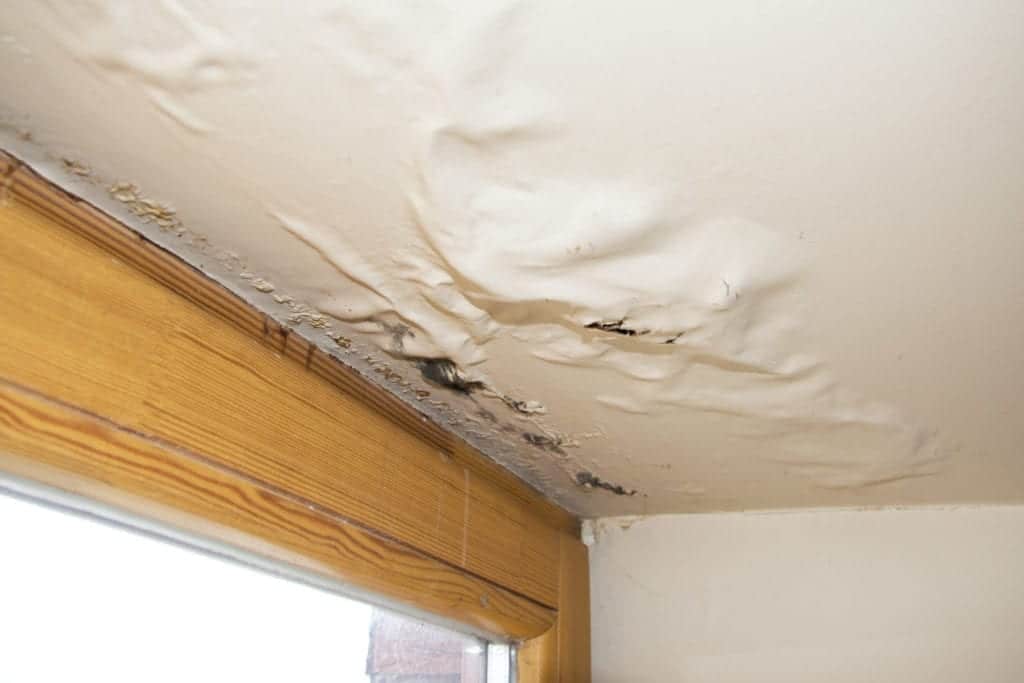Everyone will have their private thinking in relation to Finding hidden leaks.

Early detection of dripping water lines can mitigate a prospective calamity. Apart from saving you cash, it will certainly lessen the stress and also aggravation. The moment you discover a leakage, calling your plumber for fixings is the best solution. Some tiny water leakages might not be noticeable. If you can not detect it with your nude eyes, below are some hacks that aid.
1. Take A Look At the Water Meter
Every home has a water meter. Checking it is a proven way that helps you find leaks. For starters, turn off all the water sources. Make sure no person will certainly flush, make use of the faucet, shower, run the cleaning device or dish washer. From there, go to the meter and also watch if it will alter. Considering that no one is using it, there need to be no movements. If it relocates, that shows a fast-moving leakage. Furthermore, if you find no changes, wait a hr or two and also check back again. This suggests you might have a slow-moving leakage that can even be below ground.
2. Inspect Water Consumption
If you find unexpected adjustments, in spite of your intake being the very same, it means that you have leaks in your plumbing system. An unexpected spike in your expense suggests a fast-moving leakage.
A steady rise every month, also with the exact same practices, shows you have a slow-moving leakage that's likewise gradually intensifying. Call a plumber to completely check your residential property, specifically if you really feel a warm location on your floor with piping underneath.
3. Do a Food Coloring Examination
When it pertains to water consumption, 30% originates from toilets. Examination to see if they are running correctly. Decline specks of food color in the container and wait 10 mins. If the shade somehow infiltrates your dish throughout that time without flushing, there's a leak between the storage tank and also dish.
4. Asses Exterior Lines
Do not fail to remember to check your outside water lines too. Ought to water seep out of the connection, you have a loosened rubber gasket. One little leakage can lose heaps of water as well as surge your water bill.
5. Evaluate the circumstance and evaluate
Home owners need to make it a habit to examine under the sink counters as well as also inside closets for any type of bad odor or mold growth. These 2 warnings suggest a leak so prompt focus is needed. Doing routine evaluations, also bi-annually, can conserve you from a major trouble.
Examine for discolorations and also compromising as the majority of pipes and also home appliances have a life expectations. If you think dripping water lines in your plumbing system, do not wait for it to escalate.
Early discovery of dripping water lines can reduce a prospective calamity. Some tiny water leaks might not be noticeable. Examining it is a proven means that helps you discover leaks. One small leakage can throw away tons of water and spike your water expense.
If you presume dripping water lines in your plumbing system, don't wait for it to intensify.
WARNING SIGNS OF WATER LEAKAGE BEHIND THE WALL
PERSISTENT MUSTY ODORS
As water slowly drips from a leaky pipe inside the wall, flooring and sheetrock stay damp and develop an odor similar to wet cardboard. It generates a musty smell that can help you find hidden leaks.
MOLD IN UNUSUAL AREAS
Mold usually grows in wet areas like kitchens, baths and laundry rooms. If you spot the stuff on walls or baseboards in other rooms of the house, it’s a good indicator of undetected water leaks.
STAINS THAT GROW
When mold thrives around a leaky pipe, it sometimes takes hold on the inside surface of the affected wall. A growing stain on otherwise clean sheetrock is often your sign of a hidden plumbing problem.
PEELING OR BUBBLING WALLPAPER / PAINT
This clue is easy to miss in rooms that don’t get much use. When you see wallpaper separating along seams or paint bubbling or flaking off the wall, blame sheetrock that stays wet because of an undetected leak.
BUCKLED CEILINGS AND STAINED FLOORS
If ceilings or floors in bathrooms, kitchens or laundry areas develop structural problems, don’t rule out constant damp inside the walls. Wet sheetrock can affect adjacent framing, flooring and ceilings.
https://www.servicemasterbyzaba.com/blog/how-to-detect-water-leakage-in-walls/

Do you appreciate reading about Hacks to detect leaks? Leave feedback down the page. We will be interested to listen to your suggestions about this blog posting. Hoping that you visit us again soon. I beg you take the time to distribute this blog posting if you appreciated it. Kudos for your time. Visit again soon.